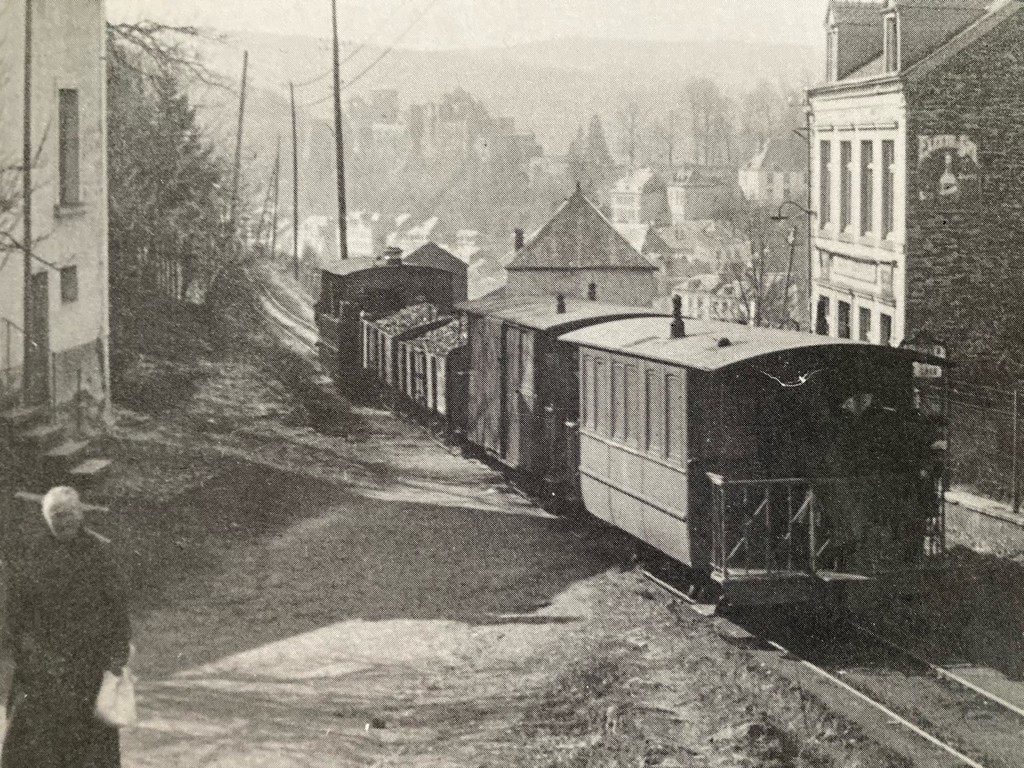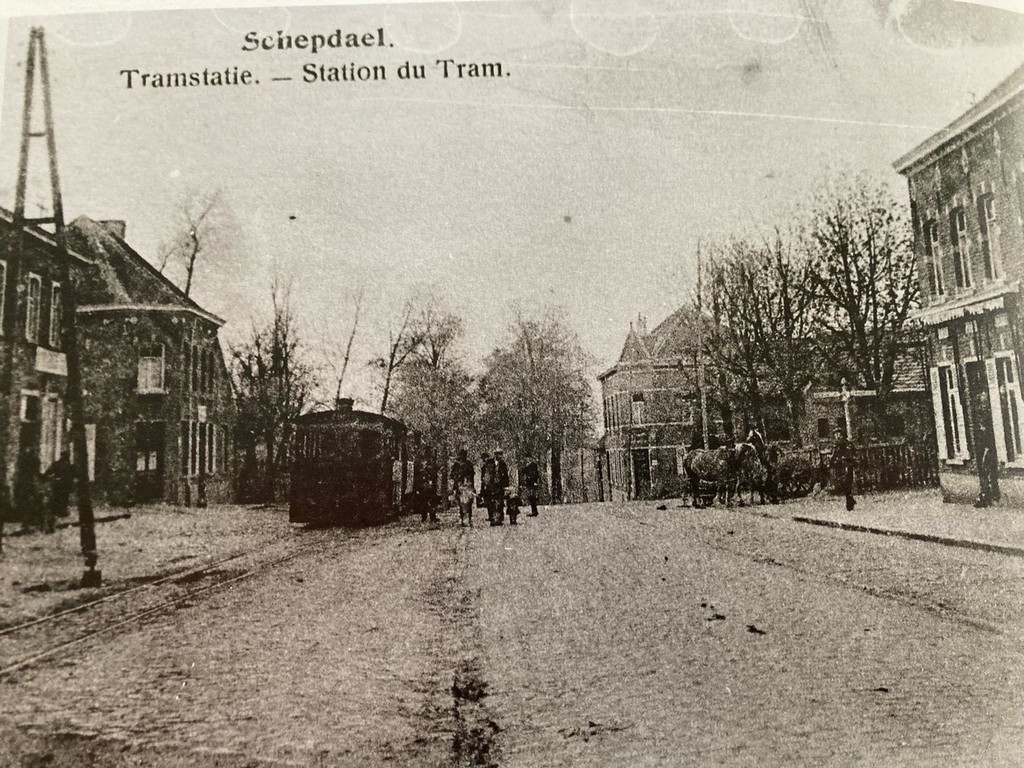From the turn of the century between the 18th and 19th centuries, industrial society was in full development on the continent in Belgium.
This not only caused an enormous change, but also, above all, a large growth in the flows of goods and persons, which exceeded the existing resources. In the course of the 19th century, a completely new transport system was created: the tramrailways.
Around 1875, when the Belgian railway network had already reached a length of 3411 km, the need was also felt to refine this network with a new network: the “Railways of Local Importance” or the so-called “Buurtspoorwegen” .
Indeed: the major train lines could not penetrate all areas: high construction costs, considerable operational and technical requirements (because of the large track width that made sharp bends difficult !), limited passage width in narrow streets and difficult areas, etc. kept many cities internally and related to their suburbs and, moreover, numerous rural municipalities devoid of a railway.
As a vehicle, a “tram” was developed as a more compact and, above all, narrower brother of the train.
The system of local railways designed in Belgium and the principles underlying it was considered particularly revolutionary in its time and would be exported by many Belgian companies in all kinds of forms - adapted to local customs and needs - practically throughout all the world .


